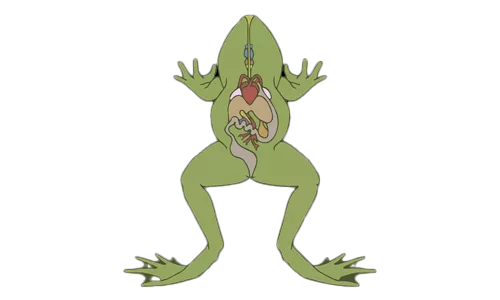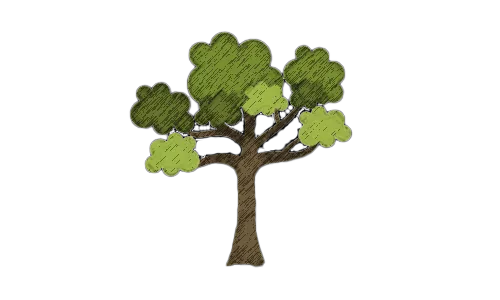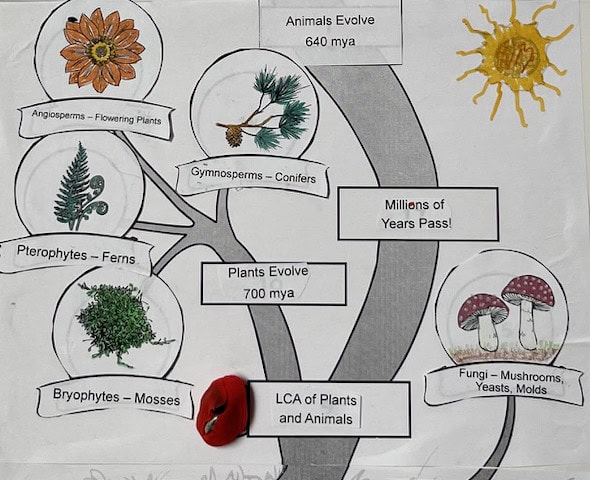REAL Science Odyssey Biology 1
$87.99
REAL Science Odyssey Biology Level 1, written by Blair Lee, M.S., is a year-long, secular homeschool life biology curriculum for grades 2-5. Students learn key science concepts through an incremental series of lessons and hands-on exploration.
What is RE.A.L. Science Odyssey Biology Level 1?
- Read– Fun, engaging readings introduce big ideas and details for the chapter. The text is designed to be read aloud to students, fostering questions and discussion.
- Explore– Carefully crafted, hands-on experiments demonstrate science concepts. Your student will observe and record the subtle patterns of nature throughout the course.
- Absorb– REAL Science engages visual, auditory, and tactile/kinesthetic learners, to help every student understand and retain key concepts.
- Learn– with Biology Level 1, you don’t just learn about our amazing natural world, you get your hands dirty and learn how science is done!
It’s also important to understand what REAL Science Odyssey is not. This curriculum is NOT:
- A random selection of labs. It’s a fully developed, incremental homeschool science curriculum.
- Children will learn REAL life science, in the real world, and they’ll use the real scientific method.
- Dry or boring. Children will get their hands dirty with this elementary biology curriculum! They will play, sing, dig, and get outside, bringing concepts from the page alive.
- Influenced by religion. All REAL Science Odyssey courses are secular and based on valid, empirical science.

Unit 1: The Study of Life

Unit 2: The Building Blocks of Life

Unit 3: Characteristics of Life

Unit 4: Evolution

Unit 5: Ecology

Unit 6: The Evolutionary Tree
In the final unit, learners build a model of an evolutionary tree over successive lessons. This model is an important visual representation of similar but different. It ties the course together, showing the evolutionary history of groups of organisms, including why birds are dinosaurs but lizards are not. Bacteria, archaea, plants, fungi, and animals are a part of the model. It also covers the evolution of the cell, including the endosymbiotic theory. Connections are made between common ancestors and placement on the tree. Differences are covered as branches diverge from each other.
Who can use R.E.A.L. Science Odyssey Biology Level 1?
Elementary level learners are the right age to learn about the connectedness of life. The facts they learn at this stage form the foundation future knowledge is built upon. The connections they make aid in their ability to understand higher level concepts through a process called metacognition. It was with this in mind that Biology 1 was developed around biology’s unifying theme: evolution. The goal is to provide explanations for similarities that connect all life, while teaching about the differences between groups of organisms and within them.
What’s more, you don’t need to have a science background to use this homeschool science curriculum! All materials are written with the science novice in mind, so you don’t need to do a lot of extra research in advance of the lessons.
The following is a list of topics your child will learn during the year while completing Biology 1. Each topic includes one to three lessons complete with lesson story, labs, reading, and other activities. Remember your child will also be having a whole lot of fun. Also included in this scope are laughing, playing, digging, exploring, reading, singing, and begging for more science!


